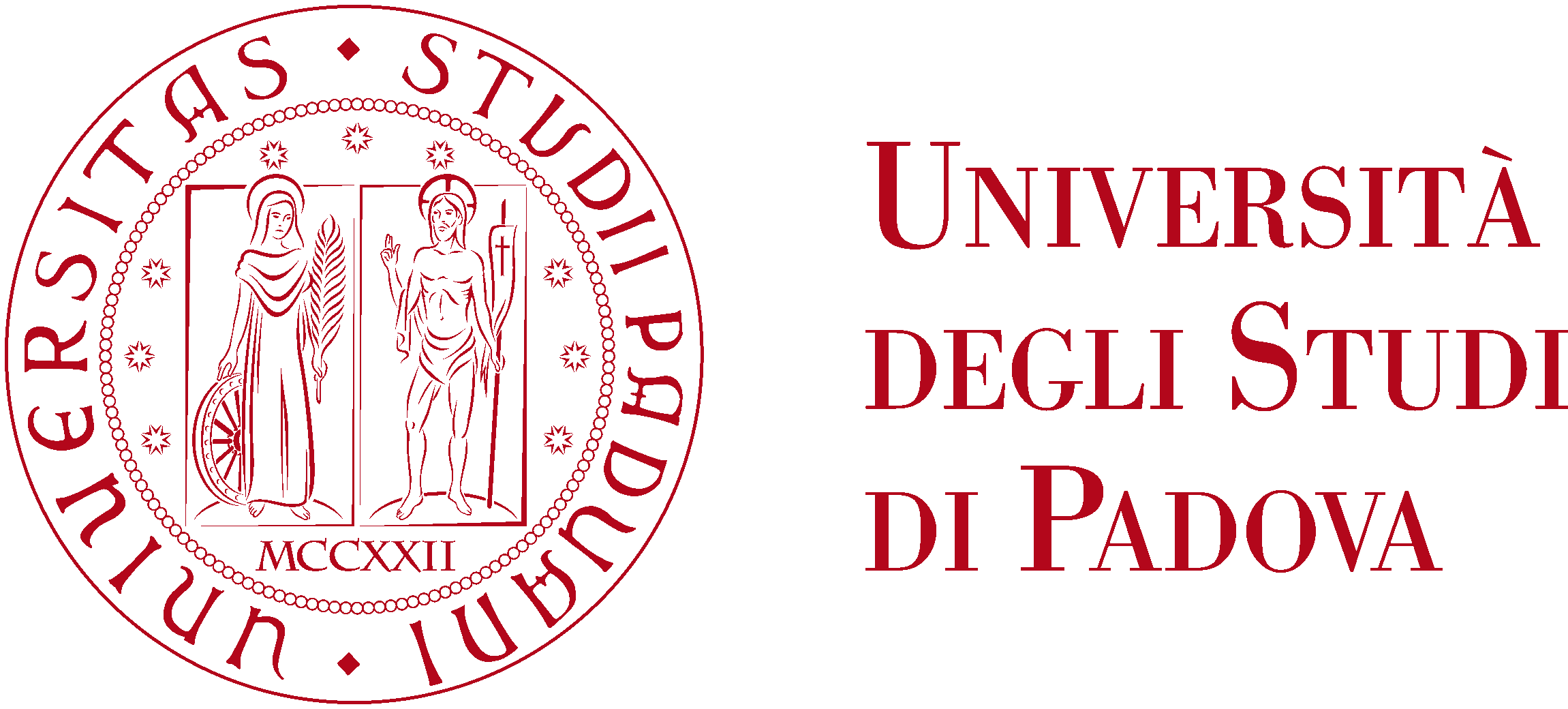I am passionate about lidar and satellite remote sensing for forest disturbance characterization and monitoring. I love coding in Python and Rust to develop fast processing tools to simplify the manipulation of remote sensing data. I am also interested in deep learning and individual trees analyses.

Jan 2022 - Present
Vancouver, Canada
High Quality Personnel in charge of conducting scientific research on the effect of spruce budworm infestations on forest structure at scale using a combination of lidar and Landsat data a machine learning.
Jan 2022 - Present
 2016-2020 Ph.D in Forestry and Remote SensingPublications:
| ||
 2020-2021 M.Sc. in ForestryTaken Courses:
Thesis:Individual tree crown delineation under dense Douglas Fir regeneration Thesis:Spectroscopic assessment of foliar traits in a dense Douglas Fir forest Supervisor:Dr. Nicholas Coops | ||
 2019-2020 M.Sc. in ForestryECTS: 30 cum laude out of 30Taken Courses:
| ||
 B.Sc. in ForestryTaken Courses:
| ||
 2016-2018 B.Sc. in ForestryECTS: 30 cum laude out of 30Taken Courses:
|

High performance rasterization tool for Python built in Rust

DRI-EDIA Project - Advancing Equity in Forestry - Digital Research Infrastructure and Deep Learning for All
Understanding which forest structural attributes affect insect infestations at fine scale is challenging. In this paper, we investigated the use of a bitemporal airborne laser scanning dataset to extract forest structural characteristics linked to spruce budworm (Choristoneura fumeraria) infestations in the boreal forests of Quebec, Canada using unsupervised machine learning. Canopy height and cover best characterized the effect of different infestation severity on the landscape.
Landscape configuration is known to affect insect infestation movement and severity, but a spatially-explicit characterization of which properties of the landscape configuration affect these dynamics is still missing. In this paper, we leveraged 13 years of Landsat time series surface reflectance composites and Random Forest to assess the role of forest fragmentation on the severity of the infestations in Quebec, Canada. We found that increased fragmentation may increase the likelihood of more severe infestations based on past observations, potentially as a result of landscape saturation effects.
Forest resilience is a central aspect in forest management, but frameworks to quantifying it in a comparable way across studies and environments remain theoretical. In this paper, we operationalized these frameworks by leveraging three decades of Landsat time series surface reflectance composites, in combination with a two-stage clustering approach to quantify forest resilience to insect infestations in a spatially-explicit fashion. To do so, we calculated spectral impact and recovery rate for infested pixels in the boreal forests of Quebec, Canada via three key spectral indexes describing greenness, moisture, and structure. Our results show that boreal forestes are more resilience in greenness and structure than moisture, potentially owning to post-infestation foliage recovery dynamics.
Developing workshops to empower diversity and inclusion in Forestry and AI
Basic operations for Small Remotely Piloted Aircraft (VLOS)
Scholarship for the best map! My submission was on valuating multi-temporal tree height growth using lidar data to map tree height variations over time to understand forest response to natural disturbances in the Petawawa Research Forest in Ontarion, Canada.
Qualification for the Transatlantic Forestry Master double-degree program. The program offers highly qualified students the opportunity to earn two Master’s Degrees in Forestry in Europe and Canada.